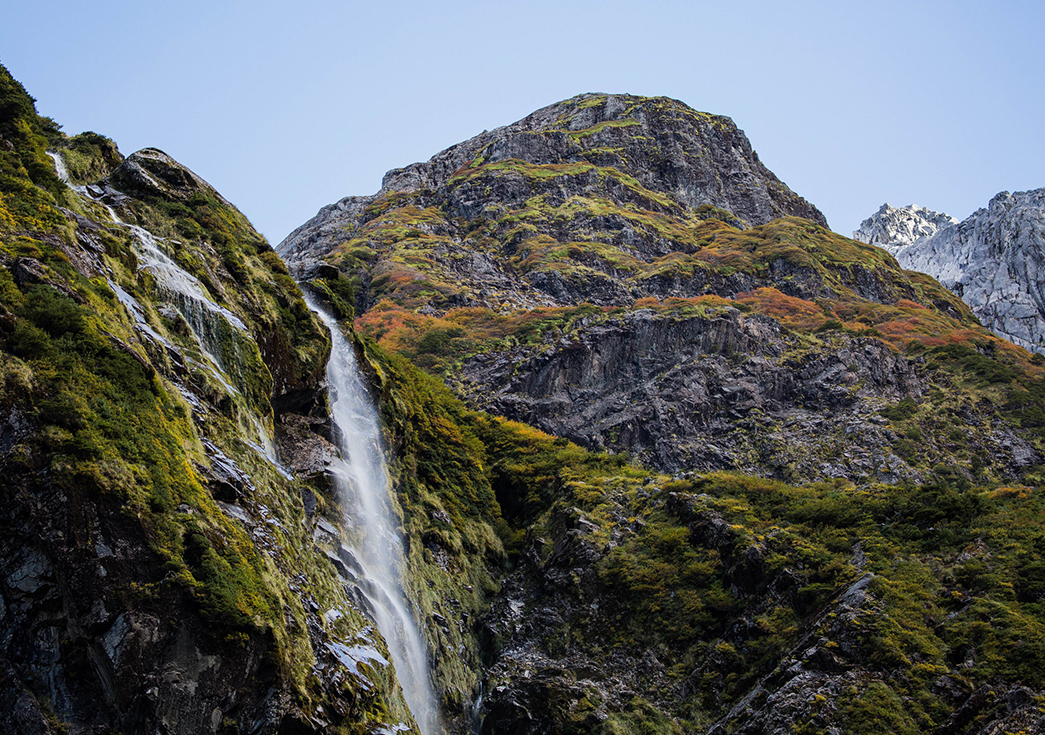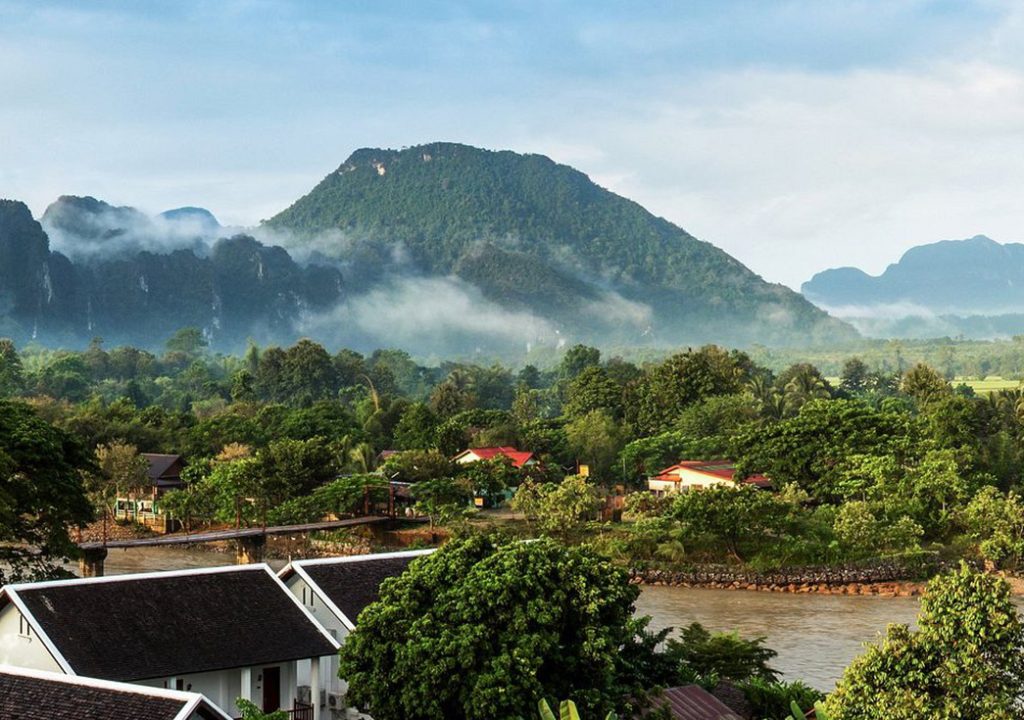Journey Through Chile: Exploring 5 Hidden Gems

I’ve had the privilege of exploring many corners of the world, but few places have left as deep an impression on me as Chile. This long, slender country nestled in South America offers not just breathtaking natural landscapes, but also a rich and diverse cultural heritage. While popular destinations like Easter Island, the Atacama Desert, and Patagonia draw countless visitors every year, today I want to take you off the beaten path to discover some of Chile’s hidden treasures. These are places that remain largely untouched by mass tourism, offering solitude, beauty, and a chance to connect with nature in its purest form. Let me take you on a journey through the lesser-known marvels of Queulat National Park, Punta Pite, Quintero, the Laja Waterfalls, and Pan de Azúcar National Park—a journey that promises to be unforgettable.
Queulat National Park: Into the Heart of the Andes
For as long as I can remember, I’ve dreamed of venturing deep into the Andes Mountains, and Queulat National Park (Parque Nacional Queulat) turned that dream into reality. Located in Chile’s southern Aysén Region, about 1,400 kilometers south of Santiago, this park is a sanctuary for nature lovers and adventurers alike, far removed from the hustle and bustle of modern cities.
The journey from Santiago was long but rewarding. I took a bus that carried me through changing landscapes—from dry plains to verdant forests, surrounded by towering mountains and glassy lakes. As I entered the park, the moist air and lush greenery signaled that I had arrived in a place of raw, unspoiled beauty. The park’s most famous feature is the Hanging Glacier (Ventisquero Colgante), a massive glacier suspended midway up a mountain, glinting like a giant blue gem set against the emerald green of the surrounding valley.
I chose a trail that led to the glacier viewpoint, winding through a forest alive with towering trees and thick ferns. The path followed a babbling stream, its clear waters reflecting the blue sky above. As I approached the viewpoint, the scene before me was breathtaking: the glacier, seemingly hanging between heaven and earth, overlooked a deep, ice-cold lagoon below. The occasional sound of ice cracking and falling into the water echoed through the valley, a powerful reminder of nature’s majesty and mystery. I stood there for a long time, lost in the tranquility, absorbing the peace that only such a remote and untouched place can offer.
But Queulat National Park offers more than just the Hanging Glacier. Numerous trails and campsites invite those who seek a deeper immersion in nature. I also took a boat ride on one of the park’s lakes, where the serenity of the mountains and forests reflected in the calm waters. The experience of being so close to nature left me with a profound respect and love for this incredible country.
Punta Pite: A Hidden Coastal Sanctuary
If Queulat National Park is a grand canvas of nature’s artistry, Punta Pite is a sublime marriage of human design and natural beauty. Located along Chile’s central coast, Punta Pite is a place where the rugged coastline meets the deep blue of the Pacific Ocean, far from the crowds and commercialization of more popular beaches. Here, the sound of the waves and the cries of seabirds are the only interruptions to an otherwise serene landscape.
I stumbled upon Punta Pite quite by accident. I had originally planned to spend a day relaxing in a nearby seaside town, but when I heard locals mention this hidden gem, I couldn’t resist the detour. The drive along the winding coastal road gradually led me away from civilization, and by the time I arrived, I felt as if I had traveled back in time to a simpler, more peaceful era.
Punta Pite’s unique charm lies in its masterful landscape design. A carefully crafted path weaves through the rocky terrain, hugging the coastline and offering ever-changing views of the ocean. The path itself, made of stone and concrete, follows the natural contours of the land, blending seamlessly with the environment. Walking along this path, I felt like I was moving through an open-air museum, where every rock, every vista had been deliberately placed for maximum effect.
Standing on the edge of a cliff, with the wind in my hair and the vast ocean stretching out before me, I felt a deep sense of calm. The sun glistened on the water, seabirds swooped low over the waves, and occasionally, a sea lion basked lazily on the rocks below. This place needed no words, no distractions—only a quiet appreciation of its simple, profound beauty. As I left, I took with me a sense of peace and contentment, proof that the most memorable travel experiences often lie in the unexpected.
Quintero: A Mystical Valley and the Village in the Mist

Chile is full of hidden places, but few are as enigmatic as Quintero. Situated in the Valparaíso Region, not far from the bustling port city of Valparaíso, Quintero feels a world away from urban life. Unlike other tourist hotspots, this small town offers no grand attractions or lively nightlife—just the unspoiled charm of rural life and a quiet, serene atmosphere that’s hard to find elsewhere.
What makes Quintero truly special is its unique location. Nestled among mountains and often shrouded in mist, the town has an almost mystical quality to it. When I arrived, the weather was overcast, with a light fog hanging in the air that gave the place an ethereal feel. The narrow cobblestone streets, lined with colorful houses, wound through the town like a maze, each turn revealing something new and unexpected.
One of the highlights of Quintero is the valley that surrounds it. The lush, green valley is home to several natural hot springs, perfect for unwinding after a day of exploring. Following a local guide through the forest, I was struck by the dreamlike quality of the landscape. The mist drifted through the trees, creating a soft, diffused light that made everything seem otherworldly. Eventually, we reached a secluded hot spring, hidden deep in the woods. The warm, mineral-rich waters soothed my tired muscles, while the steam rising from the surface mingled with the mist around us, enveloping me in a cocoon of warmth and tranquility.
My time in Quintero was a gentle reminder that the most meaningful travel experiences often come from the simplest moments. The town’s slow pace and close-knit community offer a respite from the fast-paced modern world. That night, I stayed at a cozy homestay run by a local family. Over a traditional seafood dinner, we chatted about life in Quintero, their agricultural and fishing-based livelihoods, and the contentment they found in their simple, uncluttered lives. It was a humbling experience that made me reflect on the true essence of happiness and the value of slowing down to savor life’s quieter moments.
The Laja Waterfalls: A Symphony of Water and Stone
From the misty serenity of Quintero, I continued my journey southward to the spectacular Laja Waterfalls (Salto del Laja). While not completely off the tourist radar, these falls are remote enough to have preserved their natural beauty, offering a glimpse of Chile’s untamed wilderness without the trappings of commercialization.
As I approached the falls, the sound of rushing water grew louder, building anticipation. The Laja Waterfalls are actually a series of four waterfalls that cascade over basalt cliffs into a deep, emerald-green pool below. The sight of the water plummeting from such heights, creating a curtain of mist and rainbows in the sunlight, is nothing short of mesmerizing. The sheer power and majesty of nature are on full display here, and it’s impossible not to be moved by the experience.
I wandered along the trails that snake through the surrounding forest, pausing at different vantage points to take in the view. The area is a magnet for photographers, who patiently wait to capture the perfect shot of the falls. But for me, the real magic lay in simply being present—feeling the cool mist on my face, listening to the thunderous roar of the water, and letting the raw energy of the place wash over me.
For those seeking adventure, the area around Laja Waterfalls offers plenty of opportunities. From hiking and horseback riding to kayaking on the nearby river, there’s something for every outdoor enthusiast. I opted for a hike along the river, where the path wound through a narrow gorge lined with towering cliffs. The sound of the river echoing off the walls created an almost musical effect, adding to the sense of awe that this place inspires. Every step brought me closer to nature, and by the end of the day, I felt a deep gratitude for having witnessed such a remarkable part of the world.
Pan de Azúcar National Park: Where Desert Meets Ocean

My journey culminated in the north of Chile, at Pan de Azúcar National Park (Parque Nacional Pan de Azúcar). This is one of the most unique national parks in the country, located on the edge of the Atacama Desert, where the barren, arid landscape meets the vast expanse of the Pacific Ocean.
Pan de Azúcar’s stark beauty lies in its contrasts. The endless stretches of desert, with their ochre and golden hues, seem lifeless at first glance. Yet, this harsh environment is teeming with life. The park is home to an array of resilient flora and fauna, including giant cacti, desert foxes, and even the occasional sighting of wild guanacos. The desert may appear desolate, but it’s alive with hidden wonders, each adapted to survive in one of the driest places on Earth.
What makes Pan de Azúcar truly remarkable, however, is the sudden appearance of the ocean as you near the park’s edge. The vast blue of the Pacific collides with the desert, creating a surreal landscape
that is unlike anything else I’ve ever seen. I spent hours hiking along the rugged trails, my senses overwhelmed by the dramatic scenery. Eventually, I climbed a small hill that offered a panoramic view of the park—endless desert to one side and the shimmering ocean to the other. It was a moment of pure, unadulterated beauty, a reminder of how awe-inspiring our planet can be.
The park is also home to Pan de Azúcar Island, a small landmass just offshore that serves as a haven for seabirds, including the rare Humboldt penguin. I took a boat tour around the island, where I had the chance to observe these delightful creatures in their natural habitat. Watching the penguins waddle clumsily over the rocks or dive gracefully into the water was a joy, a lighthearted contrast to the rugged wilderness of the park. Pan de Azúcar National Park is a testament to the incredible diversity of life and landscapes that Chile has to offer, a place where the extremes of nature come together in perfect harmony.
Chile is a land of endless wonders, where every turn reveals a new and breathtaking sight. From the icy glaciers of Queulat National Park to the sun-baked sands of Pan de Azúcar, this country is a treasure trove of natural beauty and hidden gems. These less-visited places not only showcase the grandeur and diversity of Chile’s landscapes but also offer a chance to reconnect with nature and find peace in the solitude that only such remote places can provide.
If you’re seeking an escape from the noise and distractions of everyday life, these hidden corners of Chile are waiting to be explored. Travel is not just about reaching a destination; it’s about the experiences and discoveries along the way. In these remote places, you’ll discover a side of Chile that few have seen—a land of quiet strength, timeless beauty, and endless adventure. May this article inspire your next journey, and may you find in Chile the same sense of wonder and serenity that I did.
Tags: Chile, Park, Punta Pite